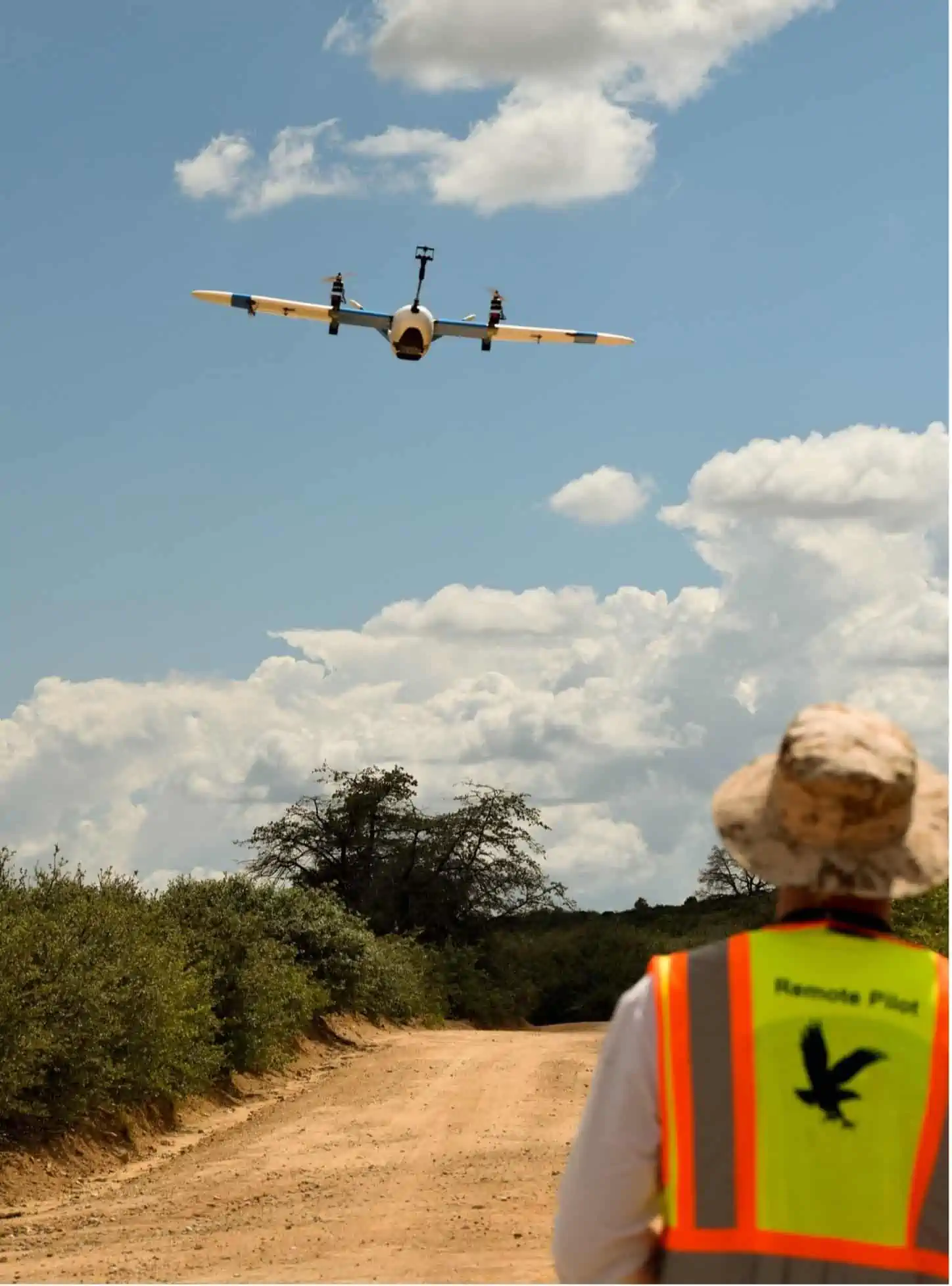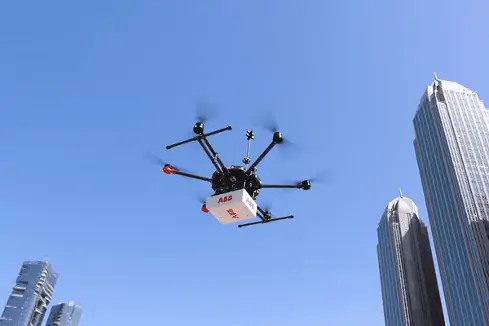CEO of Anemoment LLC Liz Osborn, discusses with UnmannedSystemsTechnology.com the design, engineering and uses of Anemoment’s SWaP-optimized 3D wind sensors the TriSonica Mini and the TriSonica Sphere, specifically for use in unmanned aerial vehicles (UAV, UAS, drones).
Both the TriSonica Mini Wind and Weather Sensor and the TriSonica Sphere Wind Flux Sensor will be on display at AUVSI’s upcoming XPONENTIAL in Orlando, Florida April 25-28, 2022 (XPO Hall Booth 1707).
Could you provide an overview of Anemoment’s latest products and developments in the field of SWaP optimized 3D sonic anemometers?
The proliferation of UAVs being used for atmospheric research has never been greater. With the advancements in aerial platforms has come a demand for lightweight, robust, highly accurate sensors able to complement the capabilities of these platforms without negatively impacting their performance. As a result, Size, Weight, and Power (SWaP) optimization is at the forefront of researcher’s minds.
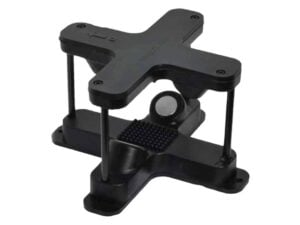 The TriSonica Mini Wind and Weather Sensor is the world’s smallest and lightest 3D ultrasonic anemometer available today. It’s small enough to fit in the palm of your hand, yet it is a powerful and highly accurate tool engineered for atmospheric monitoring, weather reporting, and ecosystem research. Even with its small size it provides wind speed, direction, temperature, humidity, pressure, tilt, and compass data. It is in use by leading researchers around the globe for: methane monitoring, atmospheric profiling, boundary layer studies, wildfire and monsoon research, to name but a few applications.
The TriSonica Mini Wind and Weather Sensor is the world’s smallest and lightest 3D ultrasonic anemometer available today. It’s small enough to fit in the palm of your hand, yet it is a powerful and highly accurate tool engineered for atmospheric monitoring, weather reporting, and ecosystem research. Even with its small size it provides wind speed, direction, temperature, humidity, pressure, tilt, and compass data. It is in use by leading researchers around the globe for: methane monitoring, atmospheric profiling, boundary layer studies, wildfire and monsoon research, to name but a few applications.
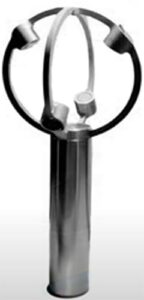 In response to customer requests to design a 3D anemometer engineered specifically for UAS-based atmospheric flux and turbulence research, the TriSonica Sphere Wind Flux Sensor was developed. Its unique spherical architecture, recognized by the U.S. Patent and Trademark Office with U.S. Patent #11,268,974, has demonstrated its ability to deliver on the promise of more precise vertical wind measurements, including eddy covariance studies. This capability coupled with the device’s fast sampling rates (up to 100 Hz), and overall weight of only 225 grams, makes it ideal for UAV-based atmospheric research studies.
In response to customer requests to design a 3D anemometer engineered specifically for UAS-based atmospheric flux and turbulence research, the TriSonica Sphere Wind Flux Sensor was developed. Its unique spherical architecture, recognized by the U.S. Patent and Trademark Office with U.S. Patent #11,268,974, has demonstrated its ability to deliver on the promise of more precise vertical wind measurements, including eddy covariance studies. This capability coupled with the device’s fast sampling rates (up to 100 Hz), and overall weight of only 225 grams, makes it ideal for UAV-based atmospheric research studies.
Jump to section to read real-world use cases:
Monsoon Research
Wildfire Research
Atmosphere Profiling
Methane Monitoring
Gass Leak Detection
Low Velocity Flow Scanning
Naval Wind Studies
What are the key challenges typically faced by users of Anemoment products for Drones and UAV?
Placement of wind sensors on a UAV as to minimize the influence of the rotors is one of the primary questions we field. While we are not experts at determining placement, our customers are. Many of those have published papers with their findings. One of the most recent is Wind Speed Statistics from a Small UAS and Its Sensitivity to Sensor Location, written by Trevor C. Wilson, James Brenner, Zachary Morrison, Jamey D. Jacob, and Brian R. Elbing (https://www.mdpi.com/2073-4433/13/3/443). These researchers from the School of Mechanical & Aerospace Engineering at Oklahoma State University summarized “…a separation distance of 406 mm was sufficient to minimize the influence of the rotors.”
We have compiled a video titled, Sensor Placement on UAV for Optimal Functionality that provides additional insights and findings on the nuances of sensor placement on UAVs which includes links to multiple research papers written specifically on this topic.
What sets Anemoment technical solutions apart in your industry and specifically for drone operators?
We often hear of how surprised prospects and customers are to our responsiveness to their inquiries.
Given the rapid growth of the unmanned systems industry in recent years, how do you see Anemoment’s technological solutions evolving in this sector?
Our goal is to remain relevant and valuable to our customers around the world. This means that our development energies continue to be focused on making our products “research-optimized”, meaning that we continue to look for ways to increase the sensitivity of our products, the accuracy of their measurements, while maintaining our commitment to SWaP-optimization.
Can you provide examples of how your wind and weather sensors for drones have been implemented in real-world situations?
Our sensors are actively being deployed on UAVs for a variety of applications. These include:
Monsoon Research
Embry-Riddle Aeronautical University uses our TriSonica Mini attached to a fixed-wing UAV researching ways to improve predictions of the North American Monsoons. Dr. Kevin Adkins, Associate Professor in the College of Aviation at Embry-Riddle Aeronautical University explains, “The unmanned aircraft allowed us to investigate the unique weather phenomenon present during the monsoon season at a finer spatial and temporal scale than had ever been done before.” By using a fleet of manned and unmanned vehicles, researchers were able to capture measurements horizontally as well as vertically. The theory is that the denser and more frequent the data, the better the forecast.
“We were very pleased with the TriSonica Mini from the start,” attests Dr. Marc Compere, Associate Professor of Mechanical Engineering at Embry-Riddle Aeronautical University in Daytona Beach Florida. “It was plug-and-play, which is great. It has a simple, straightforward interface that proved to be easy to configure. The device was reliable. We had no issues with it at all, even though we added it in so late in the game—we had like two weeks to get it integrated, yet it was solid. It was as solid or better than any of the other wind sensors. Throughout our studies, the TriSonica Mini performed flawlessly. There’s nothing to tweak and it’s simple to use. You simply turn it on, it works, and it gives answers. Overall, this is an outstanding little product. I’ll be more direct about it. It is awesome! It’s really a great little product.”
Wildfire Research
Researchers at the Wildfire Interdisciplinary Research Center, San Jose State University rely on our TriSonica Mini to capture 3-dimensional vertical wind profiles generated by wildfires using a multi-rotor UAV (DJI Matrice 200). Dr. Craig Clements, Ph.D., Professor and Lead Investigator commented, “This sensor is ideal for the UAS due to the output of magnetic heading and accelerometer corrections, as well as its small mass of only 50 grams.” Their research demonstrated that, “The use of UAS at wildland fires could be an improvement to the instrumentation currently available for monitoring the fire environment.”
Data captured can be used to calculate various fire-weather indices, so as to provide fire behavior and smoke dispersion guidance. They demonstrated that their UAS platform was able to perform high-resolution soundings, revealing small scale temperature and wind structures—observations that may be missed or smoothed by radiosondes due to their faster ascent rate. “This mobile platform lets us obtain multiple observations along the fire front as it progresses, something you can’t get with a single observation.”
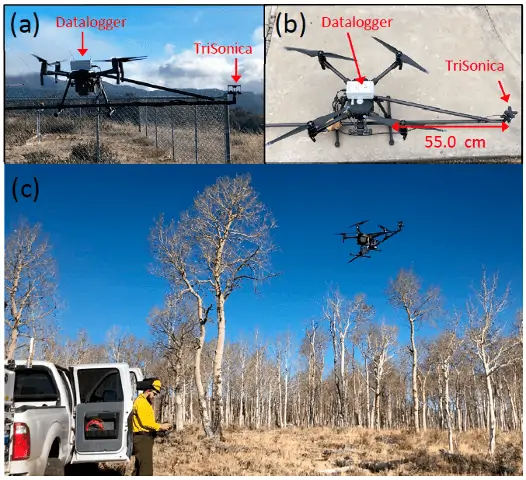
Atmospheric Profiling
For Alex Clark, Director of Unmanned Systems and Payloads at BlueHalo, numerical weather modeling or atmospheric profiling, especially gathering data below 120 meters, is an essential part of work Clark and his team conducted on behalf of the Space Missile Defense Command (SMDC) and their interest in propagating high-energy lasers in lower earth atmosphere. By estimating the Refractive-Index Structure Coefficient or optical turbulence using numerical weather modeling predictions, they hope to better estimate high-energy system effectiveness.
The goal is to measure temperature at multiple places at the same instant in time. In knowing differential temperature from node to node they were able to estimate atmospheric optimal. To accomplish this Clark deployed a small UAS tethered adjacent to the tower. The sUAS was equipped with the TriSonica Mini to capture data necessary to determine optical turbulence and boundary layers.
Chosen for its compact form factor and light weight, the TriSonica Mini was used to measure wind speed, temperature, barometric pressure, relative humidity, as well as UVW wind direction in five to 10 meter increments. “In the real world, we’re trying to limit the size of our airframe, limit the SWaP (Size, Weight and Power), and still collect accurate and meaningful data. Because of its SWaP attributes, the TriSonica Mini is the perfect complement to our payload package.”
Methane Monitoring
Sparv Embedded, a Anemoment International Distributor, is working with Linköping University to integrate a high precision CH4 (methane) sensor from Aeris Technologies for UAV applications.
The sensor has an unprecedented CH4 resolution for its size, measuring variations smaller than one ppb (parts per billion). After they adapted the sensor for UAV use, the payload weighs in at 1.8 kg—light enough to be flow around 10 minutes with a fairly small quadcopter. This offers an exciting possibility for more convenient sampling of methane.
Methane is a gas with a greenhouse effect 84-times stronger than carbon dioxide when counted over 20 years after releasing the gas into the atmosphere. Accurately measuring methane emissions is important, not only in raising awareness of the environmental impact methane has on our atmosphere, but also in helping to formulate realistic and effective regulations regarding its release.
“The TriSonica Mini is the lightest 3D wind sensor availability,” states Anders Petersson, President, Sparv Embedded AB. “This positions the TriSonica Mini to address the blind spot of wind sensing capabilities of small UAV. The TriSonica Mini is a natural addition to our Sparvio sensing platform.”
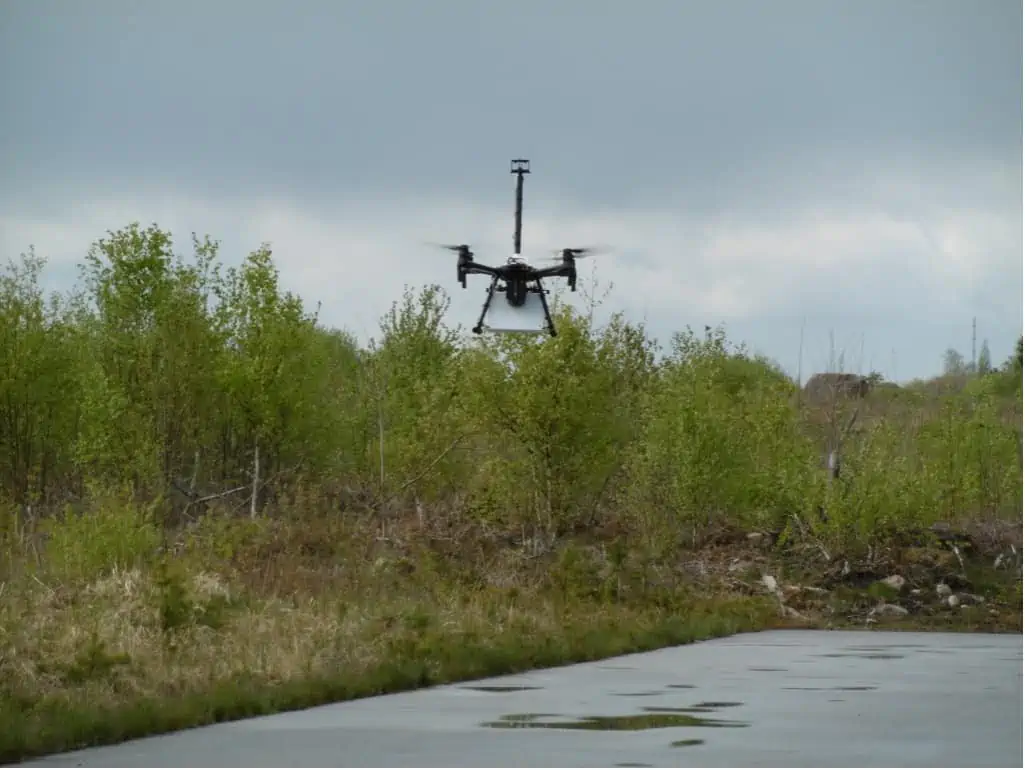
Gas Leak Detection
ABB touts the world’s fastest, most sensitive UAV-based gas leak detection system. Called HoverGuard, it leverages LGR-ICOS laser technology, the TriSonica Mini sonic anemometer, and GNNS sensors allowing customers to detect leaks far from hard-to-reach sources in minutes. The system enables the detection and mapping of natural gas leaks while flying with unprecedented speed, accuracy and reliability (covering 10-15 times more land are per minute than traditional methods saving considerable time and allowing users to survey locations inaccessible by road or walking).
Low Velocity Flow Scanning
Understanding low velocity air flow is essential in indoor ventilation and air-conditioning applications. Probe Capture (ProCap) Ultrasonic 3D, from Streamwise GmbH, is a unique tool for flow visualization and measurement of low-speed applications (capable of detecting flows below 1 m/s).
The ProCap leverages the unique vertical wind measurement capabilities of the TriSonica Sphere Wind Flux Sensor and has a huge potential to understand and optimize low-speed flows as encountered in clean-rooms, fume hoods or room ventilation. As no tracer particles are needed and with its quick and flexible setup the measurement can take place anywhere, even in the presence of humans. The capability of the probe to not only measure velocity but also temperature and humidity increases the capabilities further.
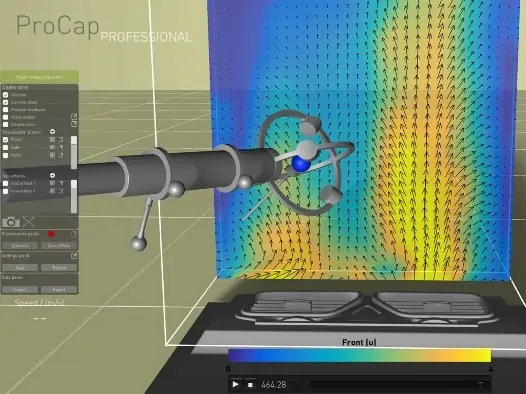
Naval Wind Studies
The US Naval Academy and George Washington University are testing multi-rotor UAVs equipped with the TriSonica Mini Wind & Weather Sensor.
They aim to measure wind profiles around Naval ships at sea. “Landing helicopters on Navy ships can be very challenging, particularly in inclement weather. The Navy is looking for more precise wind information to help guide decisions about when and under what conditions it is safe to land helicopters on Naval ships,” said Dr. Murray Snyder, professor of Mechanical and Aerospace Engineering for GW’s School of Engineering and Applied Science (SEAS) and a retired US Navy Captain.






